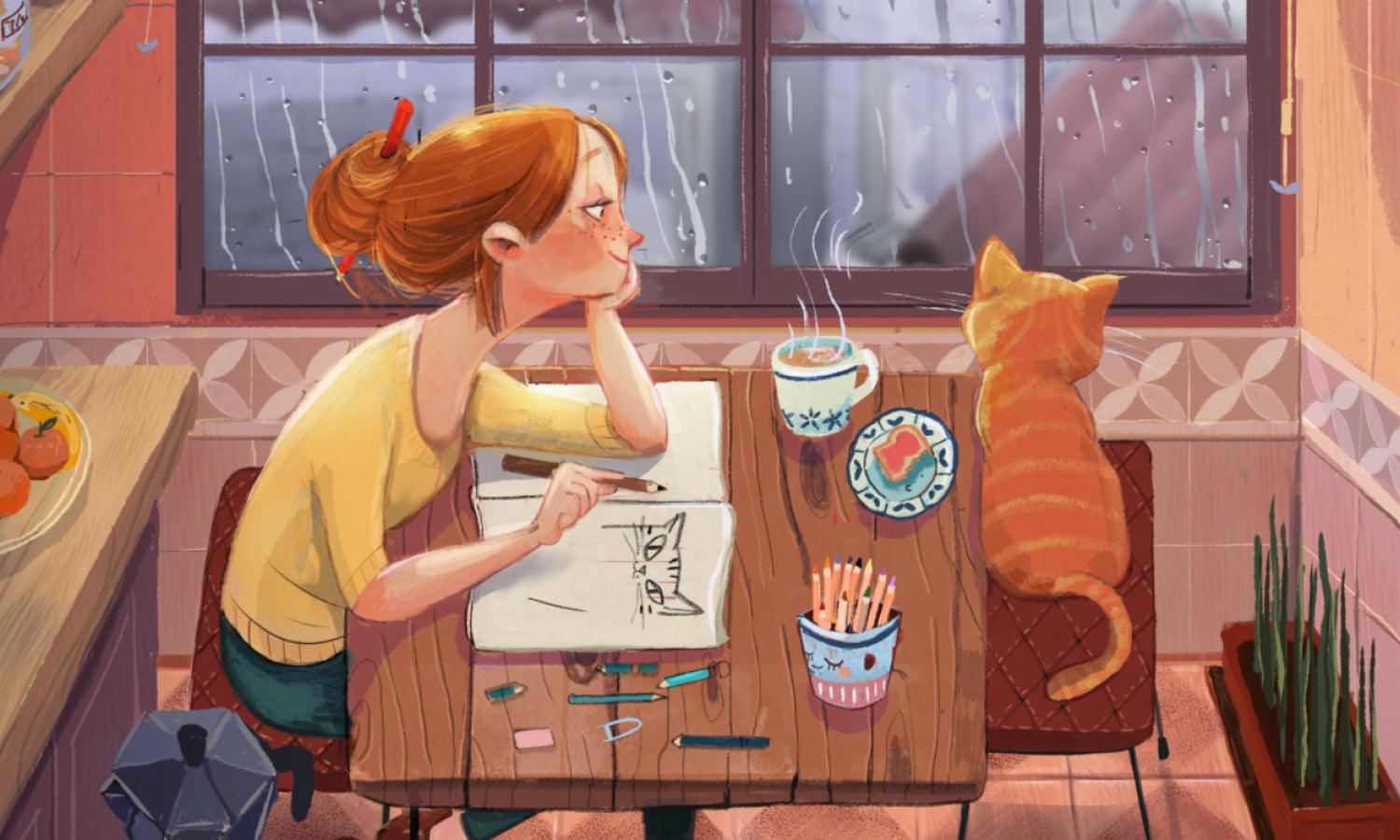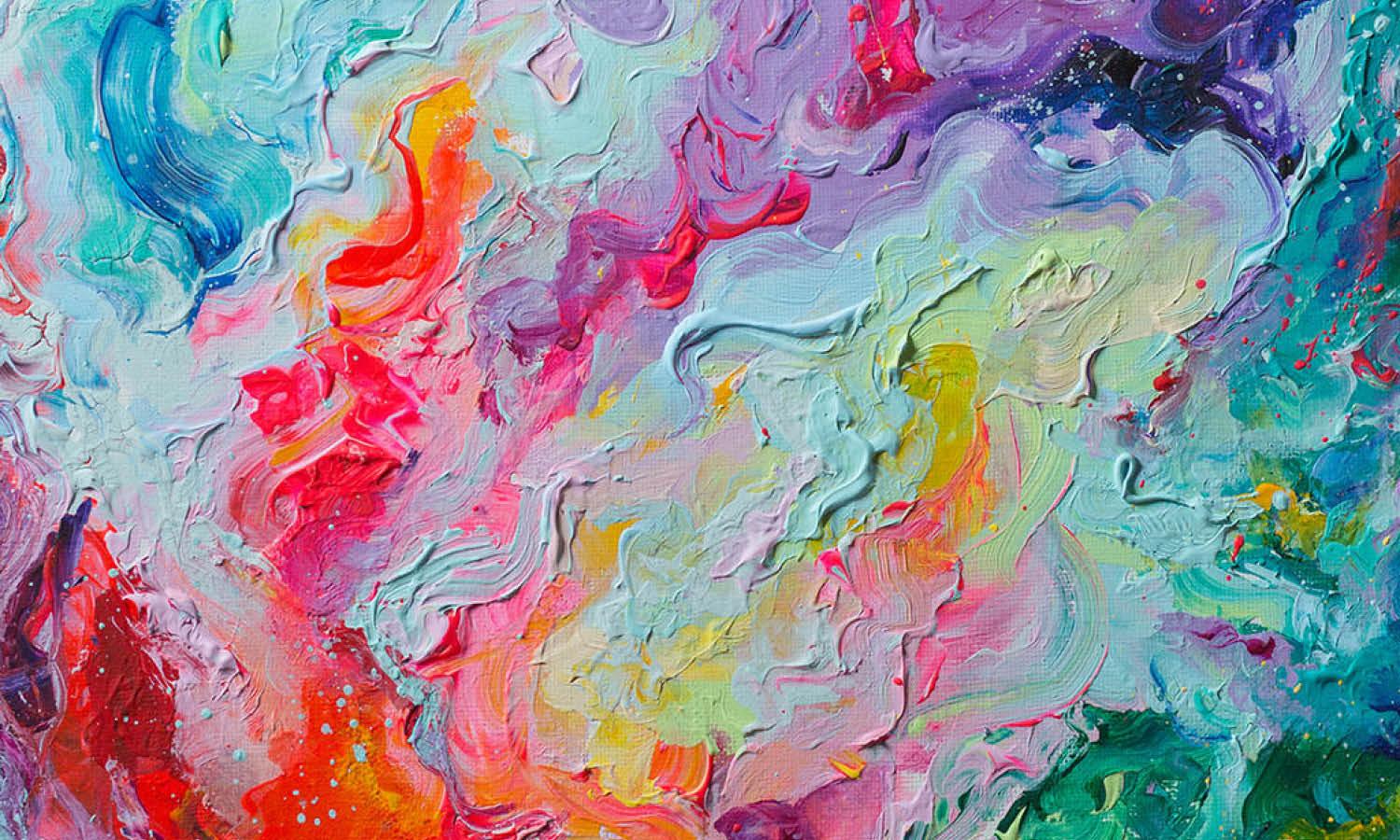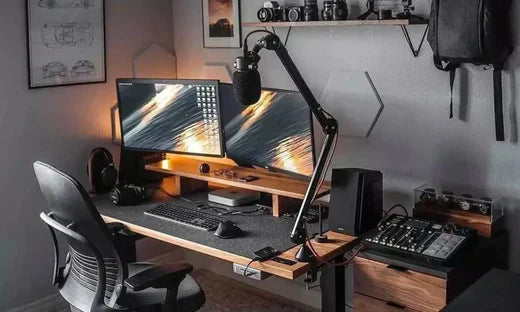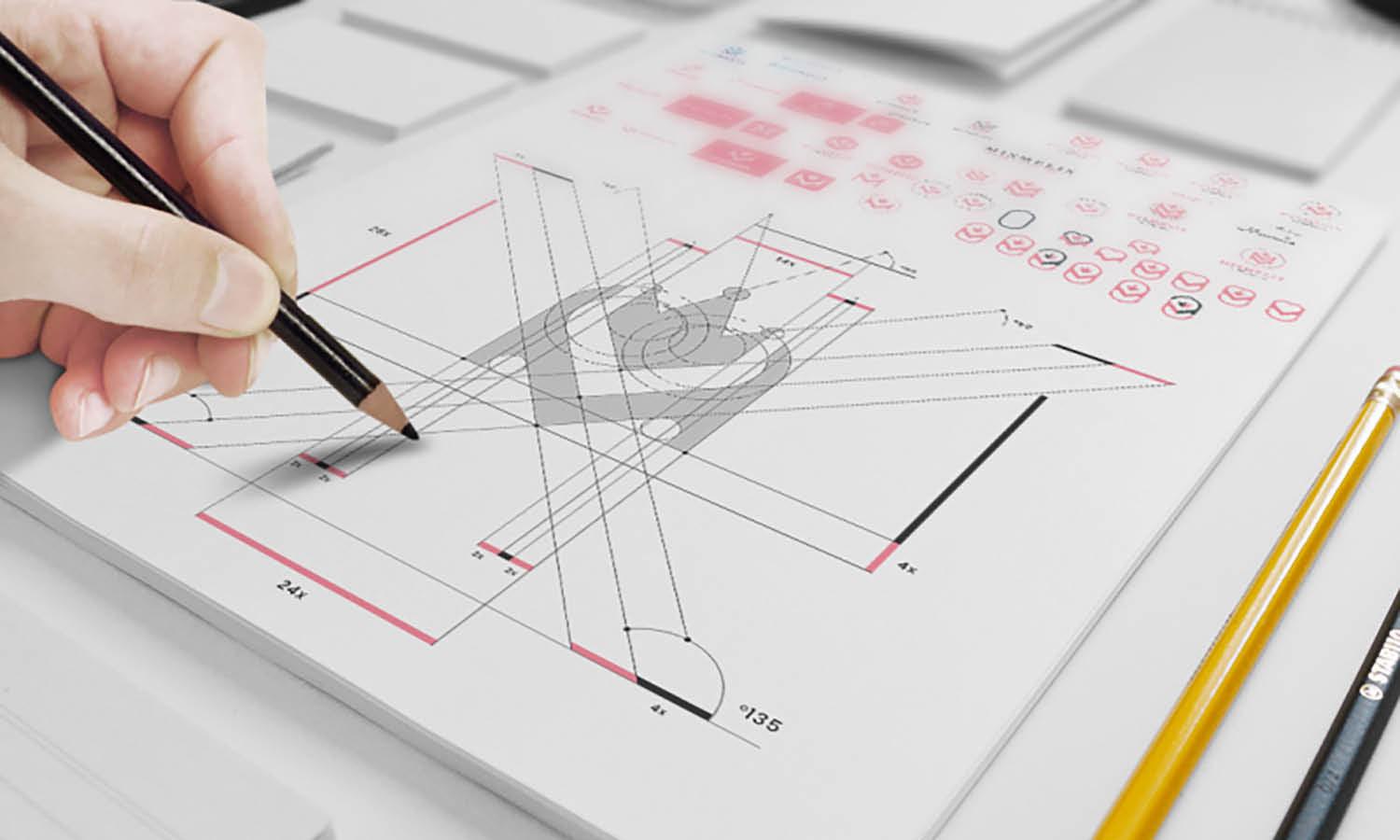Why Is Art Education Important: Inspiring Student Creativity

Many students today search for extra support in their writing, often seeking a cheap essay writing service when homework piles up. Yet, there is another boost for creativity that often goes unnoticed: art. This article explores why is art education important for developing strong writing skills. By studying paintings, sculptures, and designs, students gain fresh ideas and learn to form vivid descriptions. Art sparks engagement because it invites personal discovery. When learners observe lines, shapes, and colors, they notice details that lead to deeper thinking. This approach helps them reflect on themes and stories they might create. In art and school settings, teachers can blend art projects with writing assignments. By doing so, students may see a jump in their imagination. They share new points of view and discover words that capture feeling. As a result, their writing grows more engaging and dynamic. Art becomes their springboard for creative expression.
The Importance of Art in Schools: Building Strong Minds
Art classes establish a welcoming space for new ideas. This is the importance of art in schools: it nurtures exploration and healthy risk-taking. When students learn to draw or paint, they see possibilities within blank surfaces. This process builds their critical thinking and encourages them to try fresh angles in writing. In classes that highlight creative techniques, students often realize that art is not only about pretty pictures. Rather, it is about expression and problem-solving. By exploring everyday themes, they make connections to reading assignments and personal experiences. For them, art becomes a way to learn beyond ordinary lessons. In many cases, it leads to better focus and perseverance. Teachers observe that when learners engage with colors and shapes, they practice close attention. That habit helps with grammar, sentence structure, and narrative flow. Over time, the links between art skills and writing sharpen their academic success. Their confidence grows steadily.
How Does Art Help Students Academically: Unlocking Potential
Art encourages mental flexibility. Students who experiment with colors, lines, or clay often develop fresh problem-solving strategies. In writing tasks, that same adaptability can transform a dull paragraph into a lively scene. By observing artwork, learners practice deeper interpretation, which helps them grasp reading comprehension. Meanwhile, painting or sketching enhances fine motor skills, leading to better handwriting and note-taking. These skills intertwine with improved test performance, as students organize ideas more effectively. Teachers may notice that the creativity from art seeps into research projects. Learners approach topics with greater curiosity and produce distinctive viewpoints. When they share their thoughts through art, they build stronger communication practices. This boost can carry over into class discussions, allowing them to voice ideas with clarity. Creativity in art also connects to innovation in technology lessons or science labs. Ultimately, these benefits shape well-rounded students ready to tackle academic challenges with confidence. They flourish more.
Arts Education in Public Schools: Broadening Horizons
Public schools often face budget cuts that affect non-core subjects. Yet, arts education in public schools remains vital for shaping curious and capable learners. By giving students the chance to engage with painting, music, or theater, schools create well-rounded learning environments. This exposure fosters a sense of empathy, as students interpret different perspectives through visual stories. Overcrowded classrooms may challenge educators, but art programs can help maintain student focus and motivation. When learners see their drawings displayed in hallways, they feel proud. That sense of pride translates into perseverance in other subjects. For example, they might attempt more complex math problems or write longer essays. Furthermore, art clubs can unite learners from diverse backgrounds, building friendships that go beyond class hours. Building a creative network offers mutual support and idea sharing. When schools defend art programs, they preserve a space for imagination, discussion, and personal growth. Success thrives under creativity.
Art and School Collaboration: Bridging Subjects
Combining art and school lessons can spark fresh insights. When educators weave drawing or painting into reading assignments, students connect to material in new ways. They might sketch scenes from a story to visualize characters and settings. That exercise creates a more profound understanding of the text, leading to greater engagement. Additionally, a simple art-based project can motivate learners who feel bored by traditional tasks. Teachers can divide students into small groups to create murals related to science concepts or historical events. These murals later serve as class resources, reminding students of key information. Collaborative art projects also teach conflict resolution, as group members learn to negotiate space and color choices. When these projects link with writing, students practice descriptive language that touches on mood and emotion. Ultimately, the fusion of art and core subjects shapes flexible thinkers and builds teamwork skills vital for future goals. They blossom through collaboration.
Creative Writing Exercises Inspired by Art
Visual prompts often jumpstart the writing process. Teachers can show a famous painting and ask students to describe its background story. This invites them to craft a vivid setting and characters based on what they see. Such creative writing exercises can also integrate poetry. Students might select a piece of abstract art and write a short poem exploring shape and color. This shift from images to words strengthens descriptive thinking. By bridging visual and written languages, learners refine their vocabulary and sharpen their focus. They begin to notice subtle details, such as the curve of a line or the contrast of bright hues. That skill translates into more precise writing. Furthermore, the act of sharing their compositions fosters confidence in their point of view. They might present their pieces to the class, receiving helpful suggestions. Over time, these exercises train learners to communicate with clarity and depth. They grow empowered.
Using Different Artistic Styles to Inspire Writing
Various art movements can guide writing activities. For instance, surrealist art might spark stories filled with dreamlike elements. Students try to imagine what lurks behind twisted landscapes, drawing out unique metaphors. Meanwhile, impressionist pieces encourage an emotional approach. Young writers can capture fleeting moments, such as sunlight streaming through a window. This method builds observation and reflection, both essential for personal narratives. In contrast, pop art highlights everyday items in bold colors, prompting learners to think about cultural symbols that shape modern life. That style can lead to opinion pieces or comedic takes on trends. Teachers can present these styles in slideshows or digital platforms, allowing learners to compare techniques. Educators may also combine art history lessons with writing prompts. By understanding an artist's background, students can craft stories that link biography and imaginative detail. Ultimately, studying diverse styles helps young authors experiment with tone and voice. They paint possibilities.
Overcoming Writer's Block Through Artistic Exploration
Writer's block can feel overwhelming. Yet, art can dissolve that creative barrier. When students see a blank canvas, they are often less anxious than when faced with a blinking cursor. Instead of staring at a white page, they might begin doodling. That act releases tension and invites spontaneity. By focusing on shapes, lines, or shading, learners slowly reconnect with their imaginative side. They might spot a pattern or shape that sparks a fresh concept. Teachers can offer mini-challenges, such as painting a quick watercolor scene before writing a paragraph. These short tasks break routines and re-energize the mind. While scribbling, students may discover hidden ideas for a story or essay. This process reminds them that creation is a journey, not just a final product. With that mindset, they approach sentences with renewed vigor and less fear. Artistic exploration guides them through mental roadblocks toward successful writing. They find fresh momentum.
Encouraging Lifelong Creative Thought
Art exposure leads to long-term advantages for students. They grow to see themselves as creators, not just passive observers. This viewpoint shifts how they handle challenges later in life. In college or job settings, the ability to think visually can spark novel solutions. Individuals who learned to interpret art also tend to be sensitive to nuance, which improves interactions with coworkers or clients. By fostering an atmosphere of respect for diverse opinions, schools encourage empathy among students. That empathy remains vital in any collaborative setting. Moreover, learners who have explored different media, such as sculpture or collage, often have stronger adaptability. They feel braver about testing new techniques or methods. This approach can lead to breakthroughs in research and development. Teachers who highlight both art and writing give their students tools for self-expression. These learners often remain curious, adaptable, and eager to innovate throughout their lives. They become future trailblazers.
Conclusion: Embracing the Power of Art for Better Writing
Art stands as a valuable tool that brightens writing skills for learners of all ages. By incorporating painting, drawing, and other media, educators show why is art education important. The process leads students to notice details and engage their imaginations, improving everything from sentence structure to storytelling. Schools benefit when they prioritize creativity, understanding the importance of art in schools for student well-being. As learners explore visual images, they see how does art help students academically by sparking curiosity and boosting confidence. Arts education in public schools continues to shape flexible thinkers able to tackle any subject. Whether discussing personal narratives or researching complex topics, these students use art as a guiding light. Through art and school connections, they gain communication skills and develop emotional insight. When teachers champion creativity, they create lifelong learners who write with vibrancy and depth. The outcome is bright, confident expression. They form lasting ideas.















